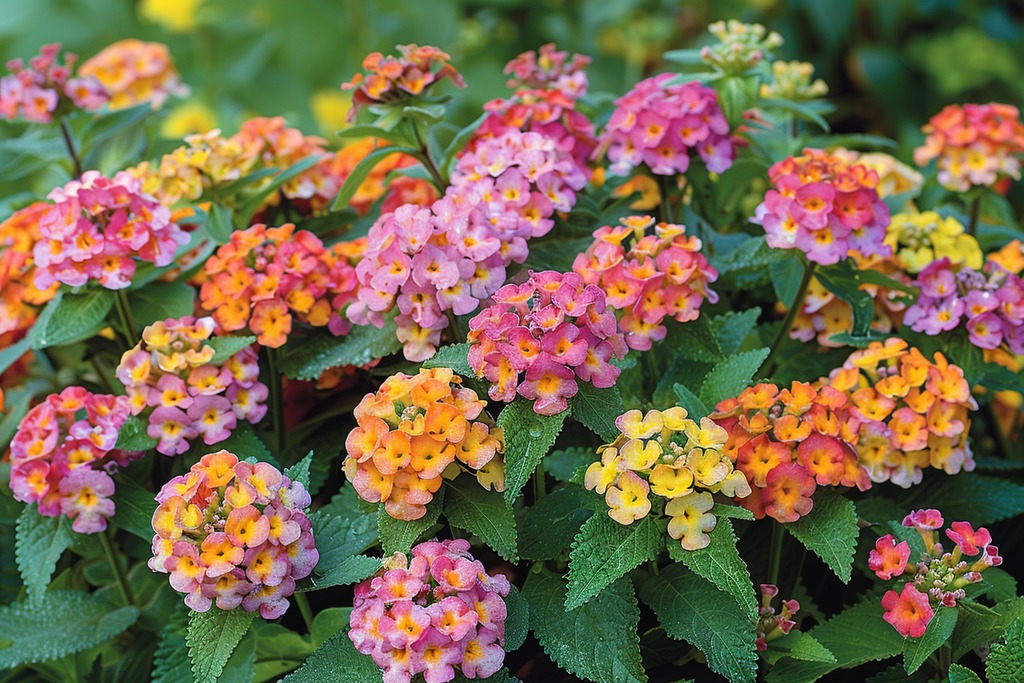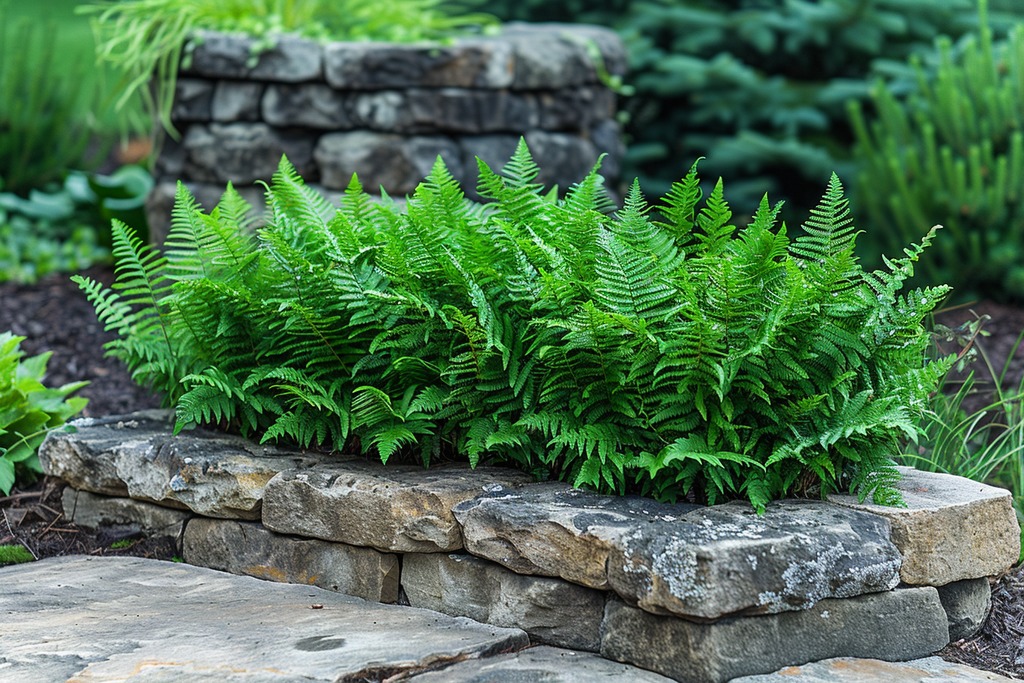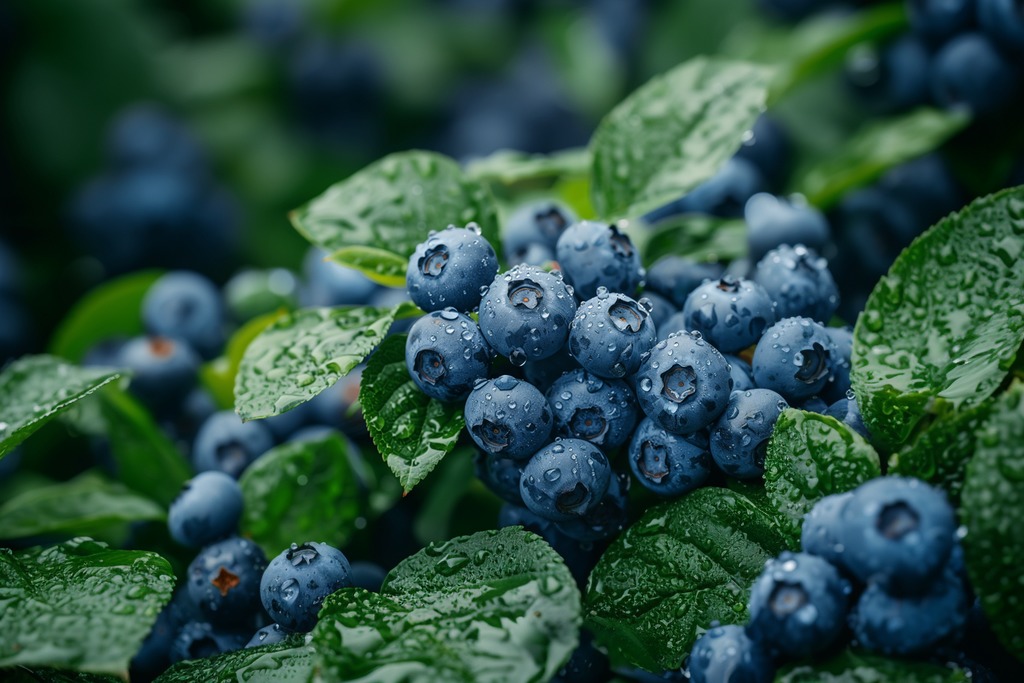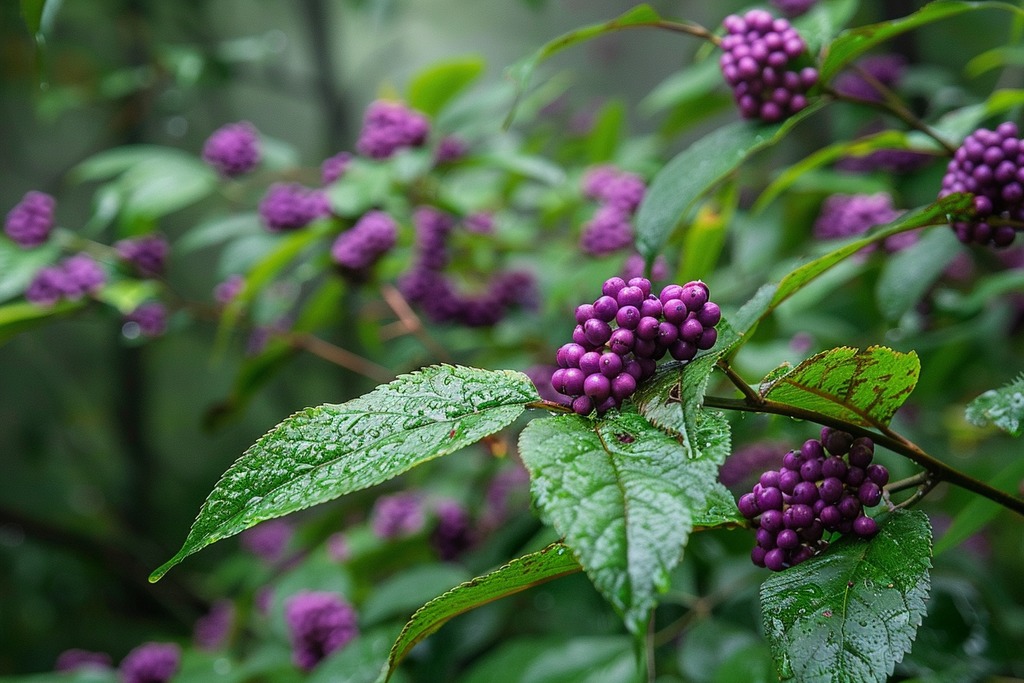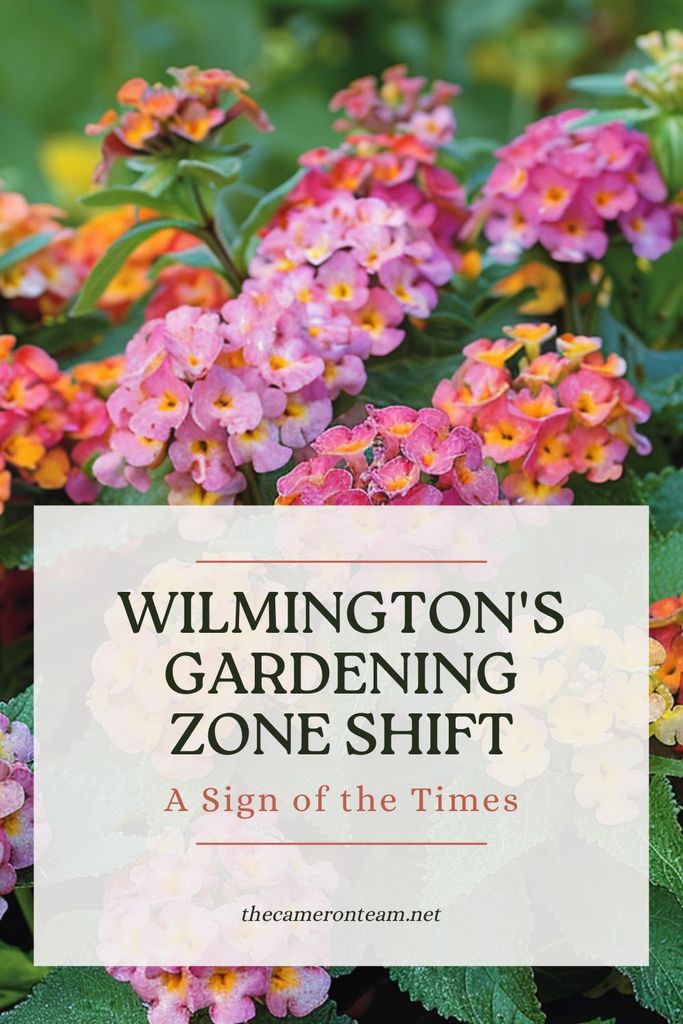In the picturesque landscapes of Wilmington, North Carolina, a subtle yet significant change is taking root. As of 2023, Wilmington has officially transitioned from Gardening Zone 8a to Zone 8b. This shift, while seemingly minor, speaks volumes about the broader environmental trends and their impacts on our local ecosystems, gardening practices, and the real estate market. This post will delve into the reasons behind this change, its implications for gardeners and homeowners alike, and how we, as a community, can adapt to these evolving conditions.
Understanding Gardening Zones
First, it’s essential to understand what gardening zones are and why they matter. The United States Department of Agriculture (USDA) Hardiness Zone Map divides North America into 13 primary zones based on the average annual minimum winter temperature. Each zone is 10°F warmer (or colder) in an average winter than the adjacent zone. Wilmington’s shift from Zone 8a (10 to 15°F) to Zone 8b (15 to 20°F) indicates a noticeable increase in the region’s minimum temperature range.
Why the Shift Happened
Climate Change at Our Doorsteps
The primary driver behind this zone shift is climate change. Global warming, fueled by increased greenhouse gas emissions, has led to rising temperatures worldwide. Wilmington’s transition reflects a broader trend of warming climates, especially in coastal regions. These areas are particularly susceptible to changes in temperature patterns due to their proximity to the ocean, which itself is warming.
Urbanization’s Role
Urban development also plays a critical role. As Wilmington continues to grow, urbanization effects such as the “heat island” phenomenon become more pronounced. Concrete and asphalt absorb and re-radiate heat more than natural landscapes, leading to warmer surroundings. This urban heat contributes to the upward shift in minimum winter temperatures, further nudging our gardening zone towards warmer classifications.
Implications for Gardeners and Homeowners
New Gardening Opportunities
For gardeners, this shift brings both opportunities and challenges. On the one hand, a warmer gardening zone means a longer growing season and the ability to cultivate a broader variety of plants that thrive in warmer conditions. Plants that once struggled to survive Wilmington’s winters may now flourish, offering exciting possibilities for landscaping and gardening enthusiasts.
Challenges Ahead
However, this shift also demands adaptation. Traditional planting schedules and plant selections may need reevaluation. Gardeners must stay informed about which species are best suited to our evolving climate and might need to consider more drought-resistant and heat-tolerant plants. Additionally, the risk of pests and diseases could increase as winters become milder, necessitating more vigilant plant care and integrated pest management strategies.
Real Estate and Community Impacts
The shift in gardening zones is more than a mere footnote for our community; it’s a harbinger of larger environmental changes that could affect property values, aesthetic choices, and even our local economy. Real estate professionals and homeowners must consider these changes when designing, landscaping, and marketing properties. A home’s garden and outdoor space have always been crucial selling points, and adapting to climate-appropriate landscaping can enhance a property’s appeal and sustainability.
Moving Forward: Adaptation and Resilience
Embracing Change
Adapting to our new gardening zone requires a community-wide effort. Homeowners, gardeners, and landscaping professionals alike must embrace sustainable practices, from water conservation and choosing native plants to implementing green infrastructure solutions like rain gardens and permeable pavements.
Education and Resources
Knowledge sharing will be pivotal. Local gardening clubs, extension services, and landscaping professionals can provide valuable resources and education on best practices for gardening and landscaping in Zone 8b. Workshops, seminars, and online platforms can offer forums for discussion and advice on navigating the challenges of our warmer climate.
The Role of Technology
Technology also offers innovative solutions, from smart irrigation systems that conserve water to apps that provide personalized gardening advice based on local climate data. These tools can help Wilmington’s residents make informed decisions about their gardens and outdoor spaces, optimizing for beauty, sustainability, and resilience.
Conclusion: A Call to Action
Wilmington’s shift from Zone 8a to Zone 8b is a small but poignant reminder of the larger environmental challenges facing our community and our planet. While it may alter the way we approach gardening and landscaping, it also offers us an opportunity to lead in demonstrating how communities can adapt to and mitigate the effects of climate change. By embracing sustainable practices, fostering community engagement, and leveraging technology, we can ensure that Wilmington remains a vibrant, thriving, and resilient community for generations to come. Let this change in gardening zones be a call to action for all of us to contribute to a sustainable future, starting with our own backyards.


